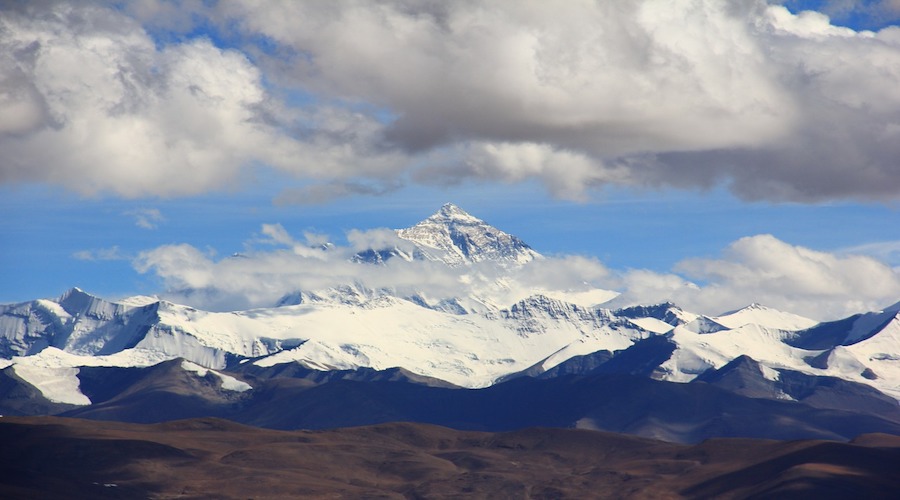At 29,035 feet, Mount Everest consistently ranks as the world’s top tourist attraction.
Except during the April and May climbing season, when the line at the Starbucks on the way to the base camp often winds out the door, crowds are seldom a problem at Mount Everest. And to escape them even in season it is often necessary only to climb above 26,000 feet, into what is helpfully described as the Death Zone.
Spring and Fall are the most popular times to visit, but in November through February cooling breezes of up to 200 mph make Mount Everest an offseason-delight for all who can manage to hold on.
No matter the season, inexpensive parking is always available, as is accommodation. Although the best of the accommodation, with some of the most awesome rooms-with-a-view on the planet, requires hanging tethered to a sheer rock face. Nor is this accommodation recommended for older men who need to get up frequently during the night.”
Local sites of interest include the last resting places, or assumed last resting places, of the more than 200 deceased climbers whose bodies remain on the mountain.
The most common hazard when climbing Mount Everest is to slip on the excrement of other hikers, which will all too often result in a tumble off the mountain via what might be called a poop chute.
For visitors looking for activities other than climbing, wildlife viewing includes up to ten species of ants and the occasional yak, the latter best admired from the uphill side.
For a suitable tip, the locals on Mount Everest are often happy to help you get all the way to the top, and, for an even more suitable tip, back down again.
Travel humor writer Bob Payne is an enthusiastic social climber.


